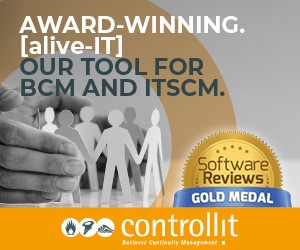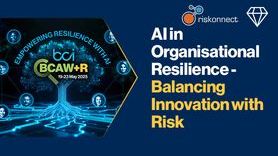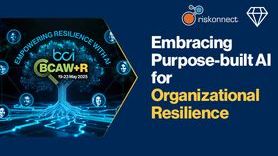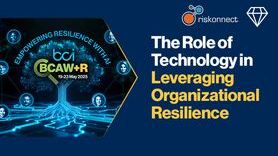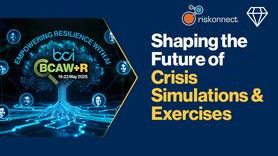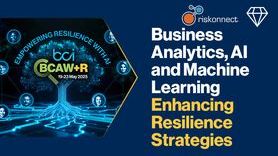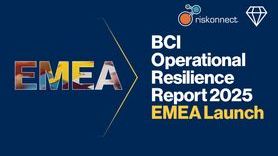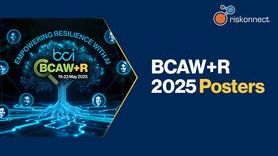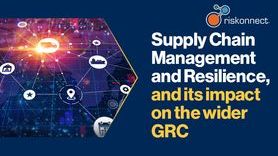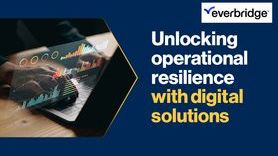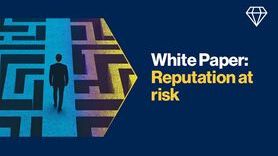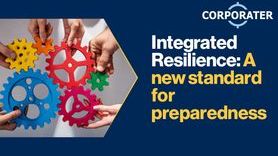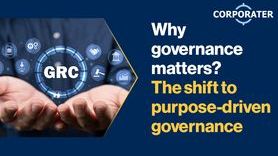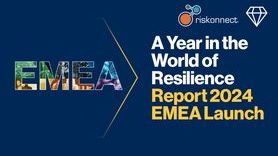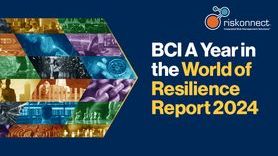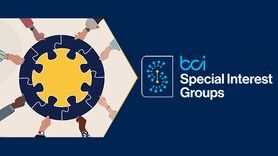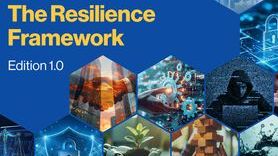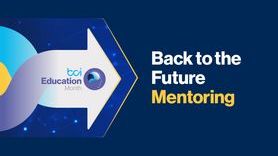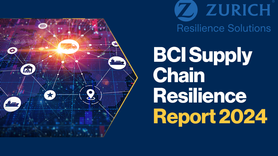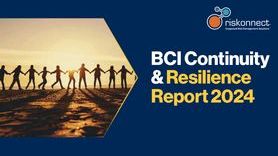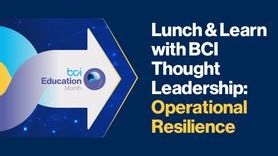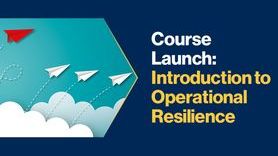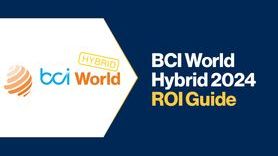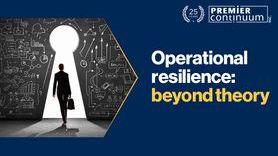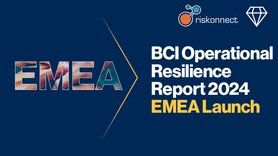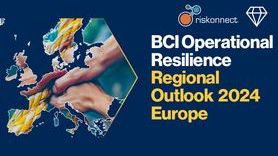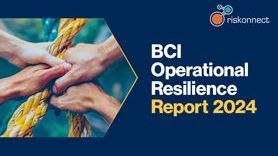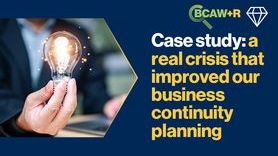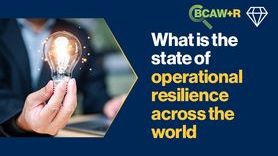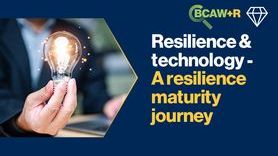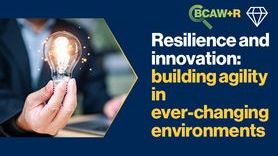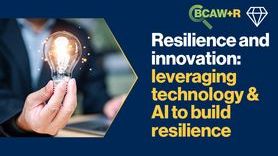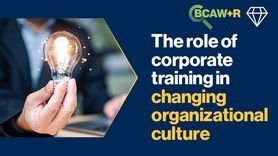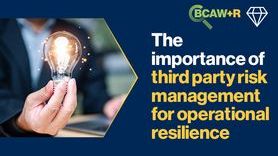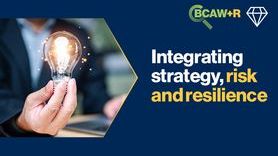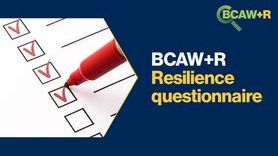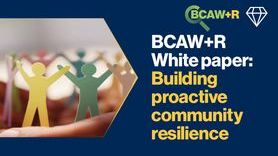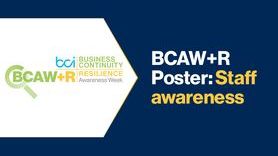What is the difference between conventional and resilience thinking in business
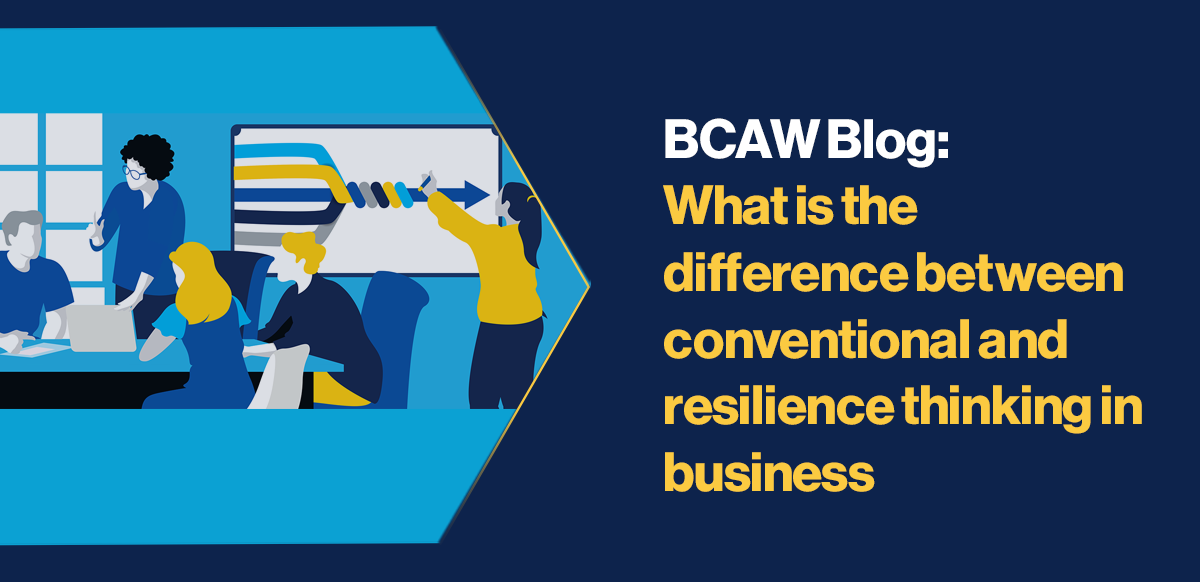

The gap analysis has become an invaluable tool for managers to diagnose problems and developing solutions. In simple terms, a gap analysis assesses or compares the current situation as described (descriptive) against a standard (normative). The gaps between the two can be measured and prioritised.
A gap analysis can be used to assess a simple process e.g.
- Identify the existing process (descriptive): fishing using fishing rods
- Identify the existing outcome (descriptive): Catch 20 fish per day
- Identify the desired or standardised outcome (normative): we want to catch 100 fish per day
- Identify and document the gap: it is a difference of 80 fish
- Identify the process to achieve the desired outcome: Use an alternative method - fishing net
- Develop the means to fill the gap: acquire and use a fishing net
- Develop and prioritize Requirements to bridge the gap[i]: Specific set of prioritised requirements to ensure improved capability procured and implemented.
However, as with so many management tools, the purpose of the gap analysis is to make the situation easier to understand and therefore identify the problem and design a solution. Unfortunately, this approach contains a trap. The obvious desire to make the complex simple means we take the problem out of context, design a solution out of context; but expect it all to work when we put it back in context.
This description applies to much conventional political and business thinking, it is short term, does not consider the whole system and sub-systems; and has the potential to be unsustainable and out paced by events.
A resilience solution can be used to deliver the same results but with a long term and sustainable solution.
A resilience approach would:
- Define the vision, values and context of the operation
- Understand the whole system and sub-systems
- Assess the potential shock and stress (change) factors
- Analyse the resilience measures already in place
- Develop a normative and descriptive profile of the present and futures
- Perform a multi-factor gap analysis
- Define a range of options looking at the whole system at strategic, tactical and operational levels and for the short, medium and long term
- Evaluate these options and select the most appropriate
- Form into an program plan and implement
- Test, review, learn and adapt
The resilience approach would highlight many problems a conventional approach would be too myopic to see. For instance, the fact that the resource they are utilising i.e. the fish are not inexhaustible and therefore the removal of 100 fish per day from the eco-system could destroy the balance within the ecosystem and result in 0 fish per day two years later.
There could also be days when fishing is not possible because of shock factors such as flooding, low water levels, disease within the fish stock. If the target of 100 fish per day is to be set, the system of operation may need to land 120 fish per day.
A sustainable and profitable solution could also require liaison with stakeholders up and down the stream of the fishery to ensure no damage to the habitat. Technological change could also be an important factor as well as market changes in the demand for fish and the specific type of fish.
A resilience solution would also be a one that adapts and learns. It leverages available data and learning to make predictions regarding the future operating environment as well as learning and improving from waste, failures and disruption. A resilient organisation sees drawback as a positive means of learning and improving, and as such, disruptive experience becomes a competitive advantage. For example, work integrated learning can be used to improve fishing techniques over time and therefore reduce waste and therefore reduce the impact of fishing on the environment as well as reducing costs and effort.
We are entering what has been termed a VUCA (Volatile, Uncertain, Complex and Ambiguous) future. There is a “perfect storm” of stress factors such as climate change, resource scarcity, wealth inequality, an aging population, increasing non-communicable disease, housing shortages, congestion, poor air quality, the automation of more and more of the economy, but to name a few. Many of these stress factors increase the impact and frequency of shock incidents such as flooding and heatwaves or make the systems supporting our way of life more susceptible to them.
We need management systems, managers and leaders that embrace the complexity, rationalise the uncertainty, respond to the volatility and use good judgement with ambiguity. Organisational learning and individual learned experience is critical to this process. The simple approach that takes the problem out of context, defines the solution and then forces it back into context and expects no problems needs to change, to reflect the reality of the VUCA future.

